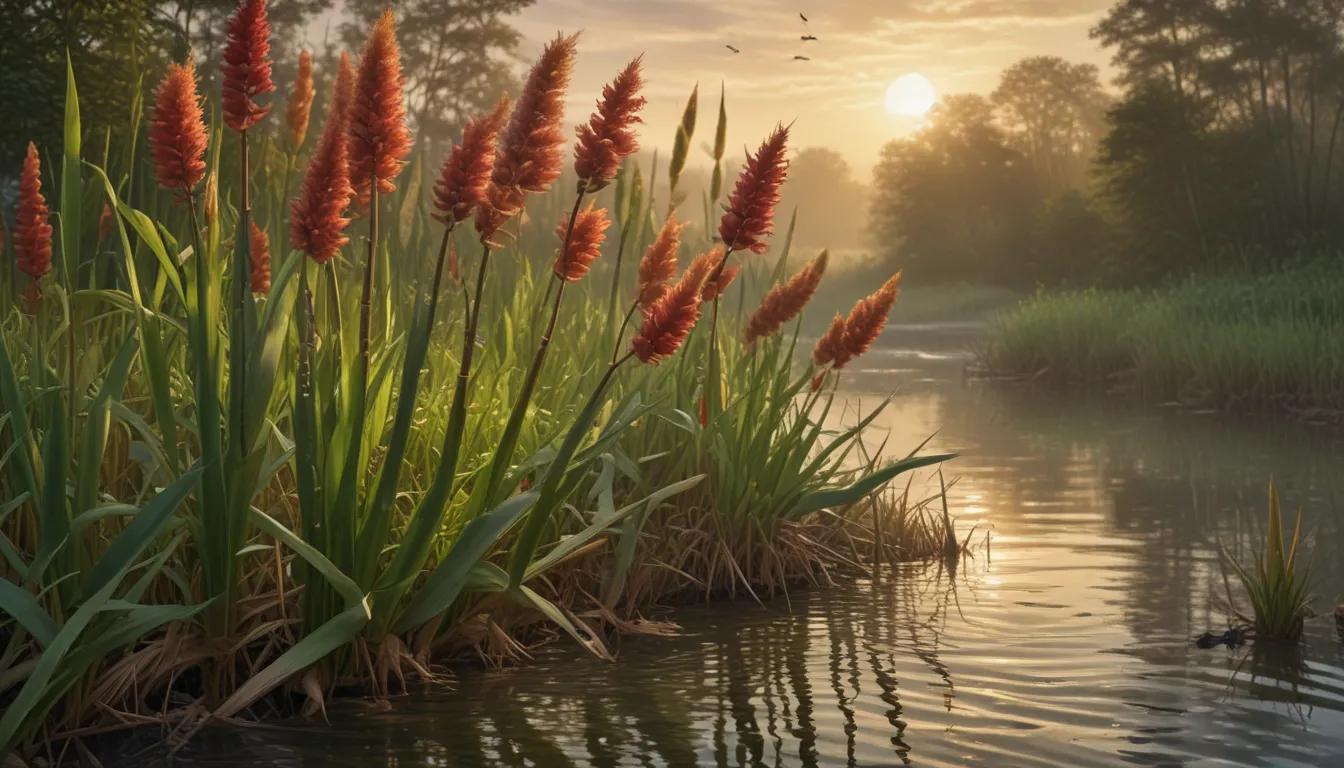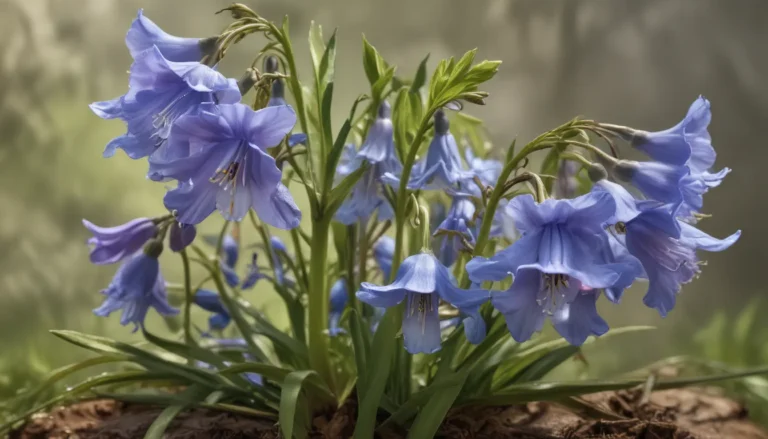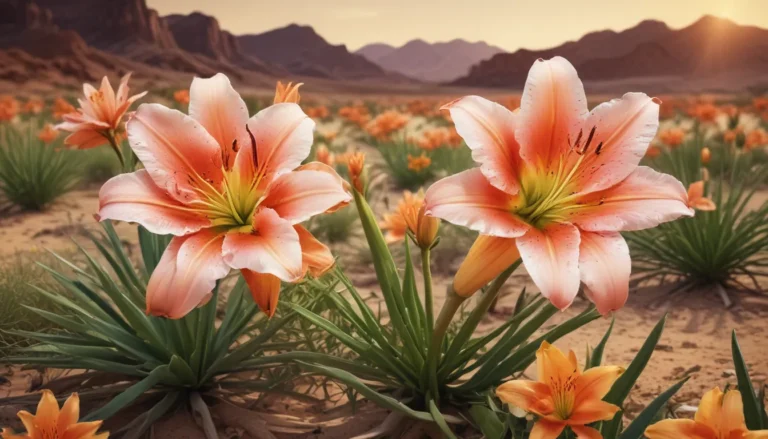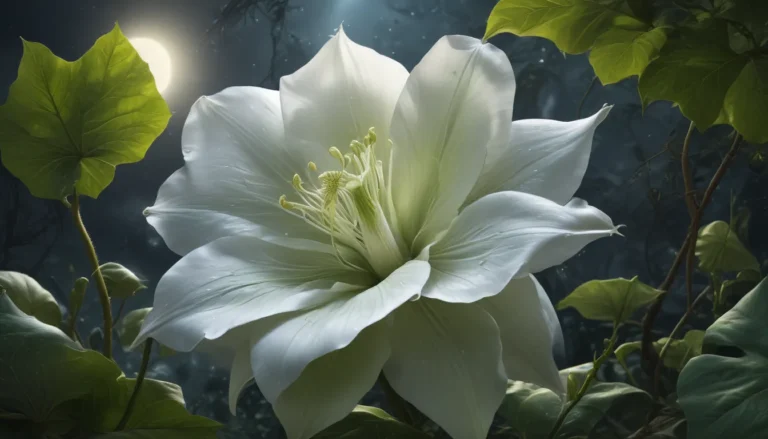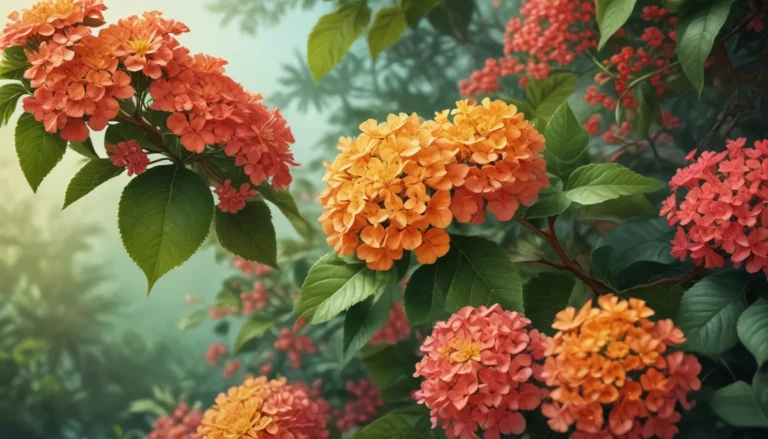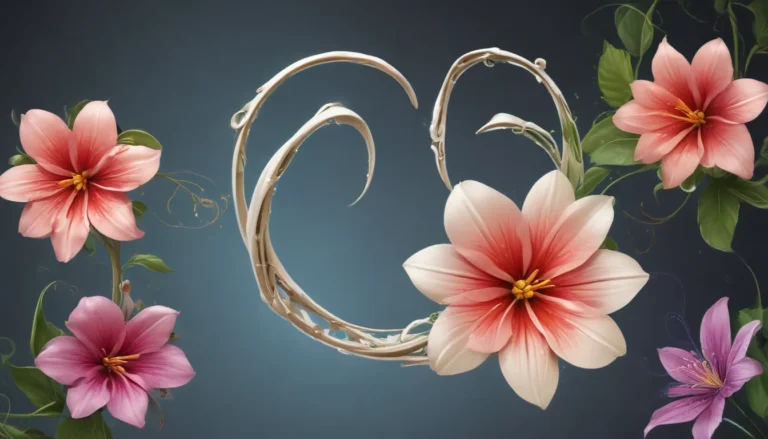The pictures we use in our articles might not show exactly what the words say. We choose these pictures to make you interested in reading more. The pictures work together with the words but don’t take their place. The words still tell you the important facts.
Do you have a passion for nature, a love for botany, or a simple curiosity about the world around you? If so, join us on a journey through the wetlands as we uncover the hidden wonders of bulrushes, also known as cattails. These fascinating wetland plants thrive in marshy areas around the globe, offering a wealth of practical and aesthetic value. From their unique physical characteristics to their vital role in the ecosystem, bulrushes have much to offer. Let's delve into 20 intriguing facts about bulrushes, shedding light on their versatility, historical significance, and ecological importance.
Discovering the Beauty of Bulrushes
Bulrushes are wetland wonders that thrive in marshes, swamps, and other waterlogged areas. Their distinctive cylindrical flower spikes add a touch of natural beauty to wetland landscapes, making them easily recognizable and captivating.
The Versatile Uses of Bulrushes
For centuries, various cultures have utilized bulrushes for crafting baskets, mats, and other woven items due to their strong and flexible nature. These plants offer a sustainable source of materials for artistic and practical endeavors.
Providing Habitat for Wildlife
Bulrushes are not only visually appealing but also provide vital habitat for a diverse array of wildlife. They offer nesting sites for birds, shelter for small mammals, and spawning grounds for fish, contributing significantly to the biodiversity of wetland environments.
The Nutritional Value of Bulrushes
Indigenous peoples have long consumed the rhizomes of bulrushes for their high nutritional content. These starchy rhizomes are a valuable food source and can be prepared in various ways, offering sustenance and nourishment.
Purifying Water Naturally
Bulrushes play a crucial role in purifying water in wetland areas. Their extensive root systems help filter out impurities and excess nutrients, contributing to improved water quality and ecosystem health.
Exploring Medicinal Properties
Historically, various parts of bulrushes have been used for their medicinal properties. From treating ailments such as diarrhea to skin irritations and burns, these plants have been utilized for their healing benefits.
Symbolism in Art and Culture
Bulrushes have inspired artists and writers throughout history, symbolizing resilience, adaptability, and the beauty of wetland ecosystems. Their striking appearance and ecological significance have made them a subject of art, literature, and cultural practices worldwide.
Global Distribution of Bulrushes
Bulrushes can be found in diverse regions across the globe, showcasing their adaptability to various climates and environmental conditions. From North America and Europe to Asia and Africa, these plants thrive in a wide range of habitats.
Supporting Ecological Restoration Efforts
Bulrushes are instrumental in ecological restoration projects, helping stabilize soil, reduce erosion, and enhance wetland biodiversity. Their valuable contributions make them essential assets in habitat restoration initiatives.
Cultural and Spiritual Significance
For many indigenous communities, bulrushes hold cultural and spiritual significance, deeply intertwined with traditional practices, ceremonies, and folklore. This connection reflects the reverence these communities have for the natural world.
Serving as Wildlife Forage
Bulrushes serve as a valuable food source for numerous wetland-dwelling animals, including waterfowl, muskrats, and other wildlife. Their seeds and rhizomes provide nourishment, supporting the intricate food web of wetland ecosystems.
Adapting to Challenging Environments
Bulrushes have evolved remarkable adaptations to thrive in waterlogged environments, showcasing resilience in challenging habitats. Their ability to tolerate fluctuating water levels and oxygen-deprived soils is a testament to their adaptability.
Using Bulrushes as Sustainable Material
The renewable nature of bulrushes makes them an eco-friendly option for crafting products such as furniture, paper, and insulation. Their versatility extends to sustainable material use, contributing to eco-conscious practices.
Stabilizing Wetland Habitats
The dense root systems of bulrushes play a crucial role in stabilizing wetland habitats by anchoring soil and preventing erosion. Their presence contributes to the overall health and longevity of wetland ecosystems.
Indicating Wetland Health
Bulrushes are considered indicator species for wetland health, with their presence and abundance reflecting the overall ecological well-being of wetland areas. They serve as valuable tools for environmental monitoring and conservation efforts.
Exploring Culinary Delights
Beyond their nutritional rhizomes, bulrushes offer culinary delights with their tender shoots and young flower heads. These edible parts can be incorporated into diverse culinary creations, adding a unique flavor to dishes.
Influencing Wetland Engineering
As natural engineers of wetland landscapes, bulrushes influence wetland hydrology through their growth patterns and interactions with water dynamics. Their role in shaping wetland ecosystems is essential to their functioning.
Mythology and Folklore Connections
In various cultures, bulrushes have been intertwined with mythology and folklore, symbolizing resilience, renewal, and the interconnectedness of life within wetland environments. These symbolic associations showcase the cultural significance of these plants.
Promoting Sustainable Harvesting Practices
Communities that rely on bulrushes for traditional crafts and sustenance often practice sustainable harvesting methods to ensure the long-term viability of these valuable wetland resources. This approach supports the conservation of bulrush populations and habitats.
Inspiring Artistic Expression
Bulrushes have inspired artists, artisans, and designers worldwide with their elegant form and ecological significance. From sculptures to sustainable fashion, these plants have been translated into a myriad of artistic expressions, showcasing their beauty and importance.
Bulrushes, with their ecological significance and cultural connections, continue to captivate and inspire people around the world. These remarkable wetland plants embody the beauty and resilience of wetland ecosystems, highlighting the intricate balance of nature.
Conclusion
In conclusion, bulrushes are fascinating plants that play crucial roles in various ecosystems. Their historical significance, adaptability to diverse habitats, and ecological benefits make them valuable and worthy of conservation efforts. By understanding the significance of bulrushes, we can deepen our appreciation for the natural world and the vital contributions of these remarkable plants.
FAQs
What are bulrushes, and where are they commonly found?
Bulrushes, also known as cattails, are wetland plants belonging to the genus Typha. They are commonly found in marshes, swamps, and along the edges of ponds and lakes.
How are bulrushes beneficial to the environment?
Bulrushes play a crucial role in wetland ecosystems by providing habitat and food for various wildlife species, stabilizing soil, improving water quality, and serving as natural filters for contaminants. Additionally, they have been used for various practical purposes by humans throughout history.
Our commitment to delivering trustworthy and engaging content is at the heart of what we do. Each fact shared here is contributed by real users like you, bringing a wealth of diverse insights and information. Trust in our commitment to quality and authenticity as you explore and learn with us.
